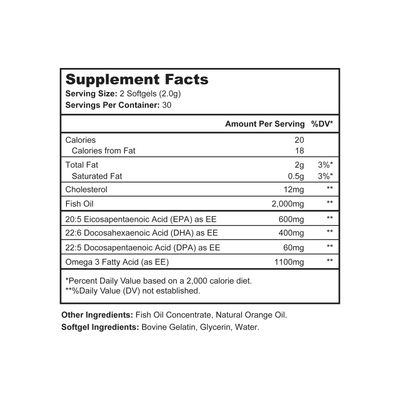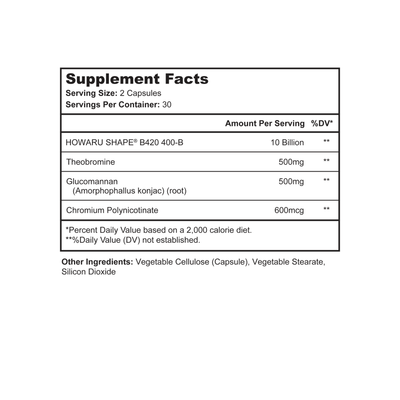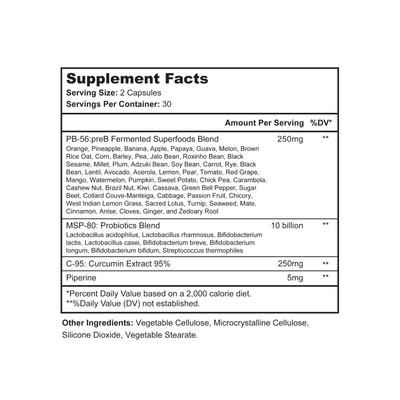An airplane isn’t the ideal place to experience a medical emergency, especially one as critical as a heart attack. However, being equipped with the right knowledge can make all the difference. If you or a co-passenger faces this life-threatening situation while thousands of feet in the air, here's what to do:
-
Signal the Situation: Press the call button immediately. Let the flight attendants know you or someone else is experiencing severe chest pain. Their training will kick in, and they will ensure prompt assistance.
-
Seek Medical Expertise: In most international and large domestic flights, there's a chance of having a medical professional onboard. The cabin crew can make an announcement to identify and involve them.
-
Keep Calm and Breathe Deeply: Panic can worsen the situation. If you're the one experiencing discomfort, take slow, deep breaths. If assisting someone else, keep reassuring them.
-
Access Onboard Medical Kits: Modern aircraft are equipped with enhanced medical kits that can help manage a heart attack. This includes aspirin (which can be given unless contraindicated), oxygen, and an Automated External Defibrillator (AED).
-
Deploy the AED: If the person loses consciousness and isn’t breathing normally, the AED should be used. The device will guide you with voice prompts. Even if you’re unfamiliar with it, follow the steps. It can save a life.
-
Optimal Seating: If there’s an empty row or set of seats, and it’s safe to move, lay the person down, elevating their legs. This helps blood flow back to the heart.
-
Stay Updated with Medical History: If the affected person is conscious, or if you're assisting and aware of their medical background, inform the crew and any assisting medical professional. Information on previous heart conditions, medications taken, allergies, etc., can be pivotal.
-
Emergency Landing: Depending on the severity and the flight's location, the captain might consider an emergency landing. This decision prioritizes getting the patient to a ground-based medical facility ASAP.
In closing, flying is one of the safest ways to travel. Yet, emergencies can strike anywhere. Being prepared isn’t just wise, it’s a civic duty. Before you fly, especially if you have a known heart condition, consult with your doctor, and always have your necessary medications and medical information at arm’s reach.





